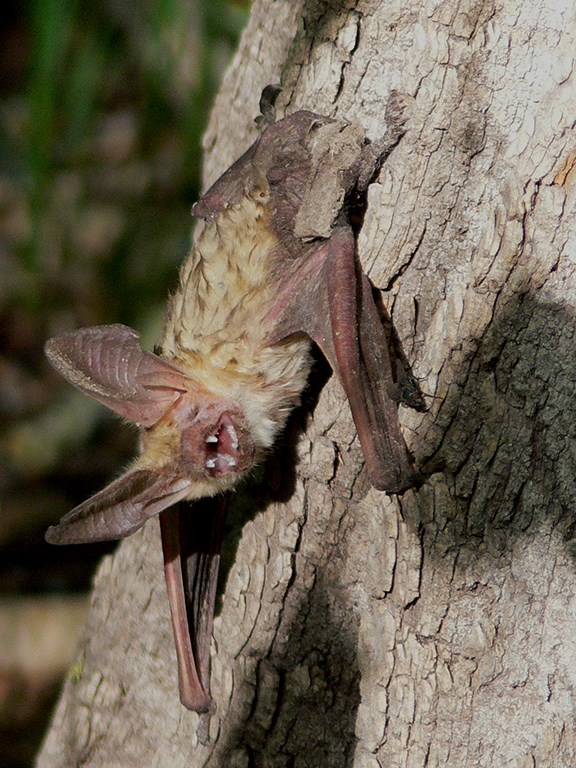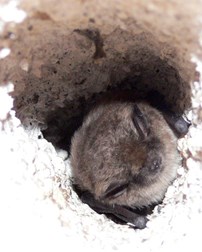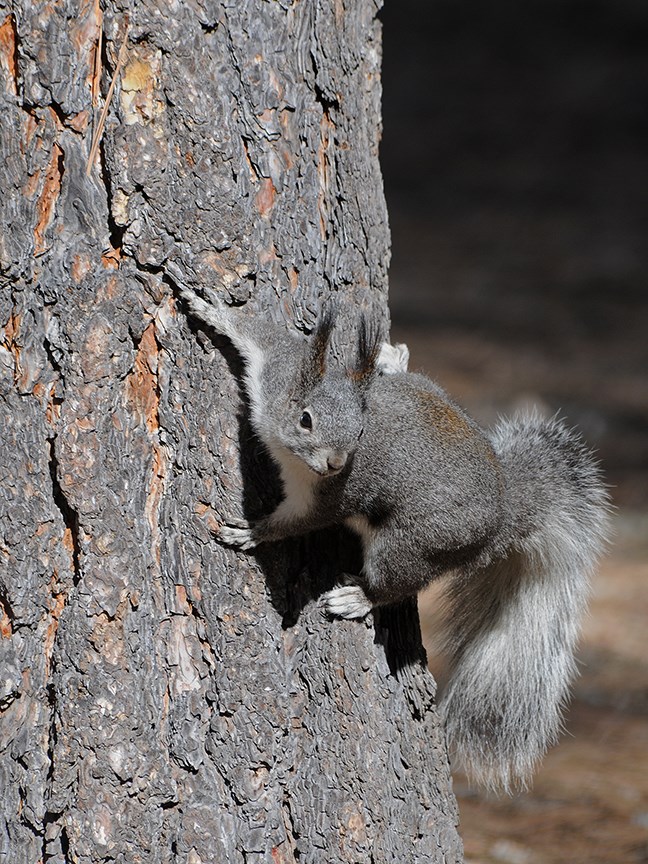
photo by sally king ABERT'S SQUIRREL (Sciurus aberti) Printable Abert's Squirrel Fact Sheet (PDF) 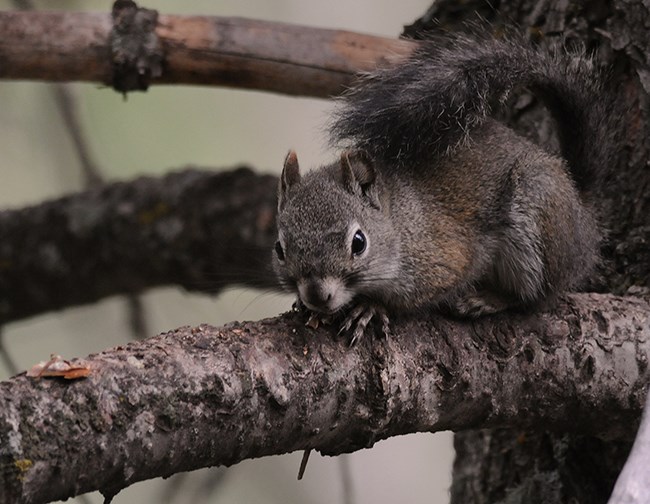
Photo by Sally King Common in the higher elevations of the park. Can be seen on the Alamo Boundary, Ski, or Cerro Grande Trails. Rarely along the Main Pueblo Loop Trail in Frijoles Canyon. Have a unique bark when they feel their territory is in danger. 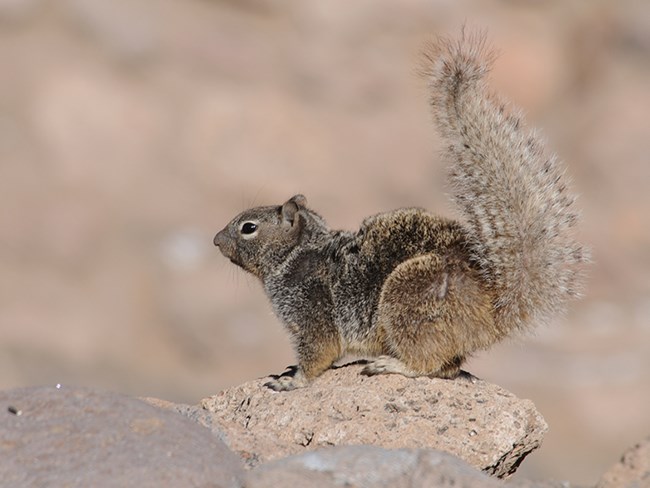
Photo by Sally King Very common throughout the park. Hibernates in winter but can be seen on warm spring days sunning itself on rocks near Long House on the Main Pueblo Loop Trail. Some tendency to beg for food. Please do not feed them. 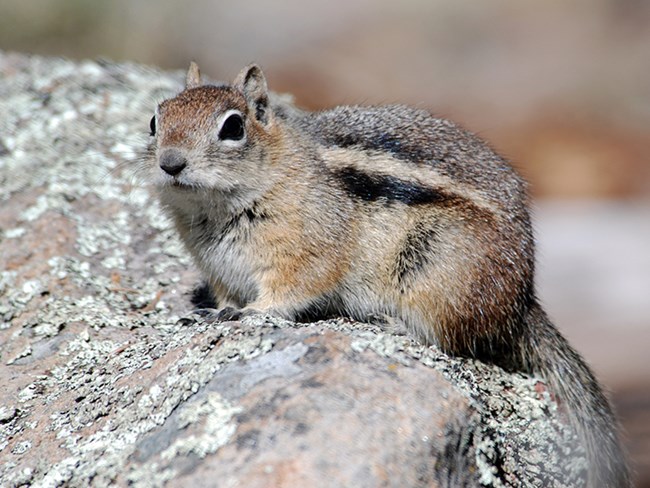
Photo by Sally King Common in the higher elevations of the park. Occasionally in canyons. Often seen on Cerro Grande, Alamo Boundary, and Ski Trails. 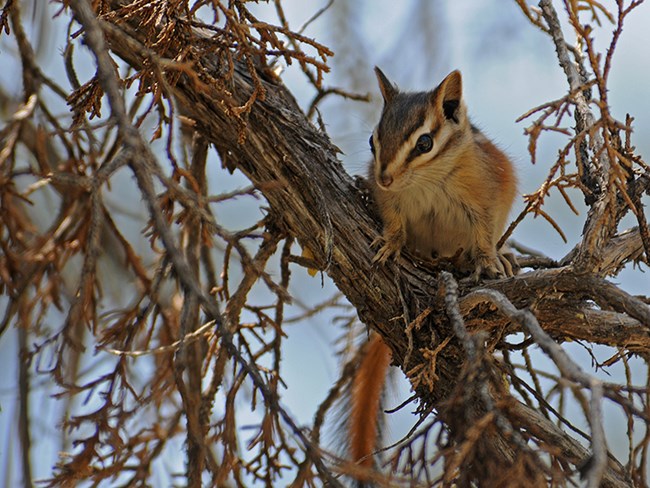
Photo by Sally King Common in the canyons, lower elevations, and along Rio Grande. Can be seen in Cottonwood Picnic Grounds and on the Falls Trail. 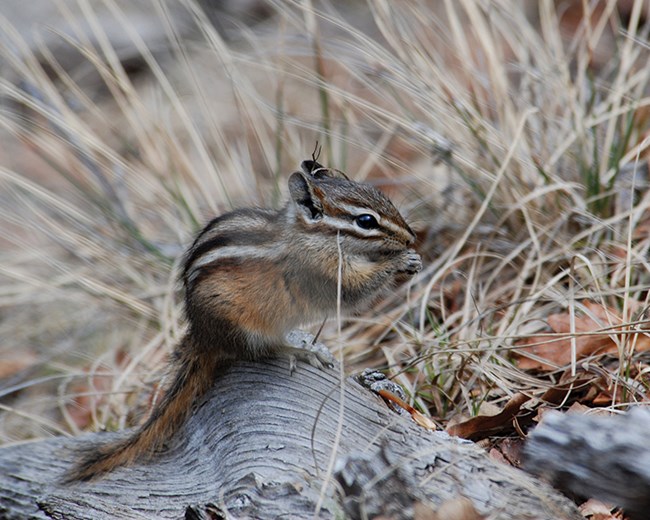
Photo by Sally King Common in higher elevations of the park. Can be seen on Alamo Boundary, Cerro Grande, and Ski Trails. 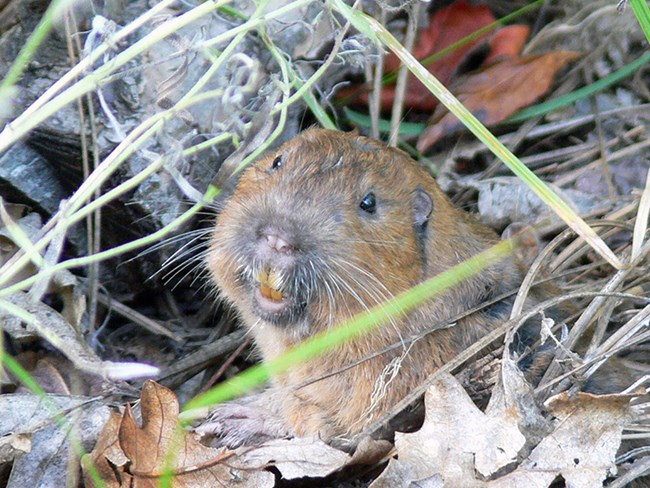
Photo by Sally King Common throughout the park. Burrow underground looking for food and can be very damaging to archeological sites. Can easily be seen along the Main Pueblo Loop Trail or in front of the visitor center. 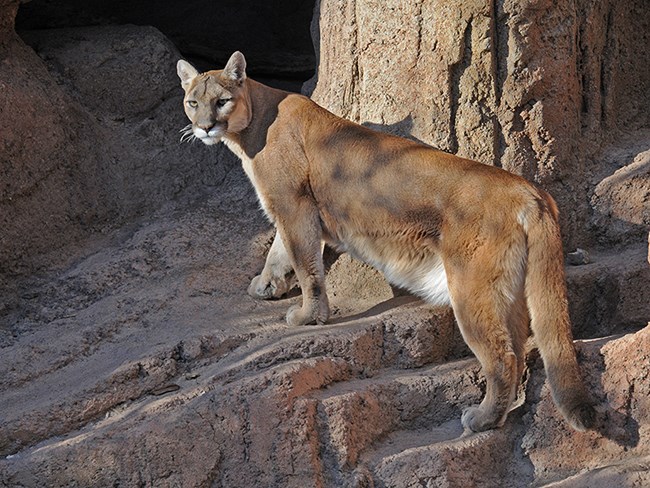
Photo by Sally King Uncommon but may be seen in the park, usually along or crossing roadways. Each mountain lion requires a fair bit of territory so numbers within the park are probably small. 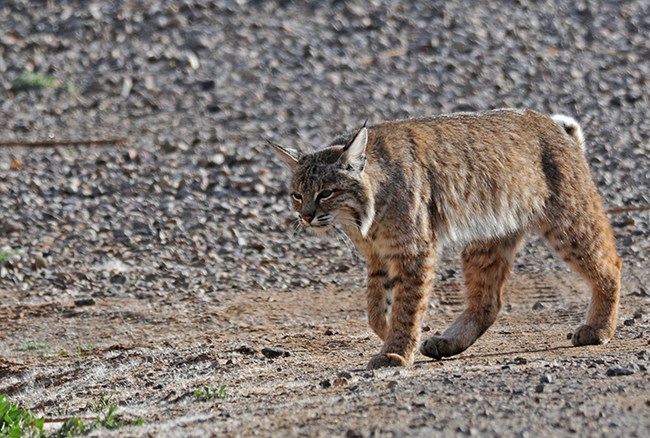
Photo by Sally King Uncommon but can be seen usually along or crossing park roadways. 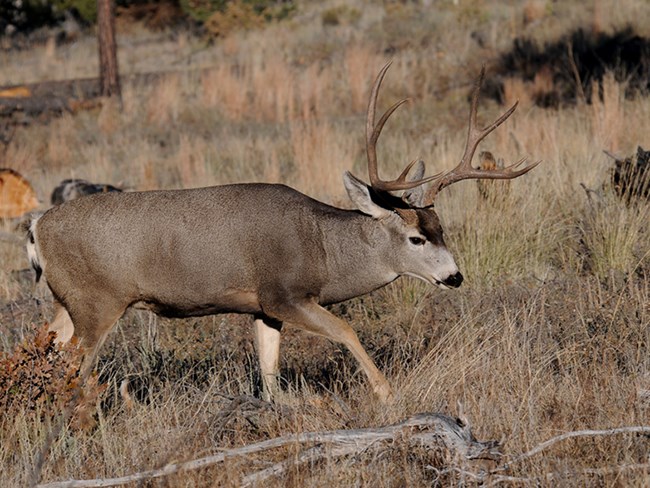
Photo by Sally King Extremely common throughout the park year-round. Very often seen on the Main Pueblo Loop Trail, entrance road, and Alcove House Trail. 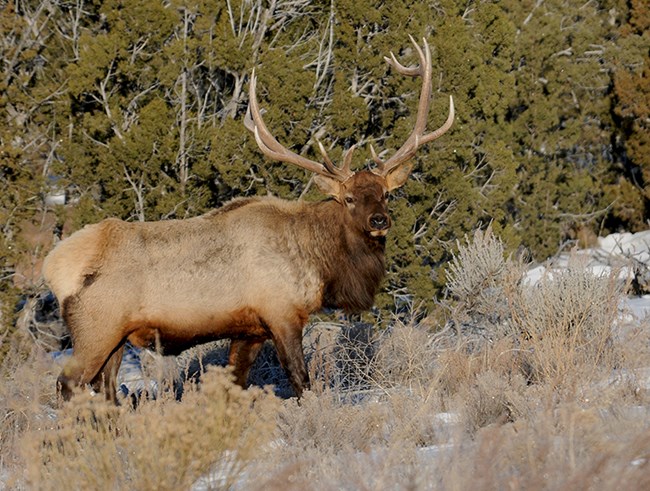
Photo by Sally King Common in the park in the winter on the mesatops and rarely in the canyons. Can be seen on the entrance road in the winter. 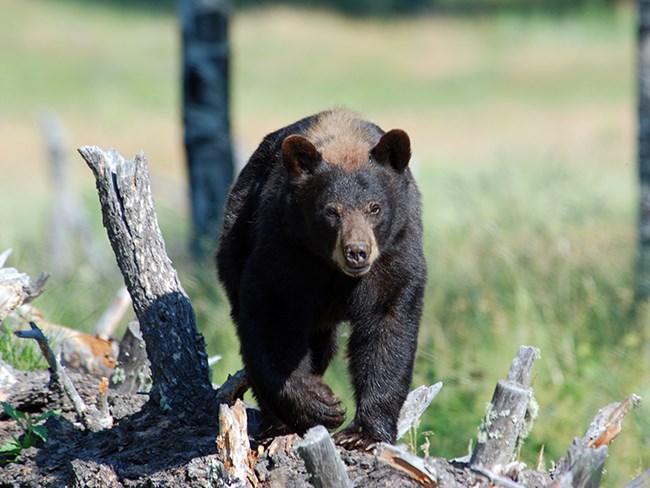
Photo by Sally King BLACK BEAR (Ursus americanus) Printable Black Bear Fact Sheet (PDF) 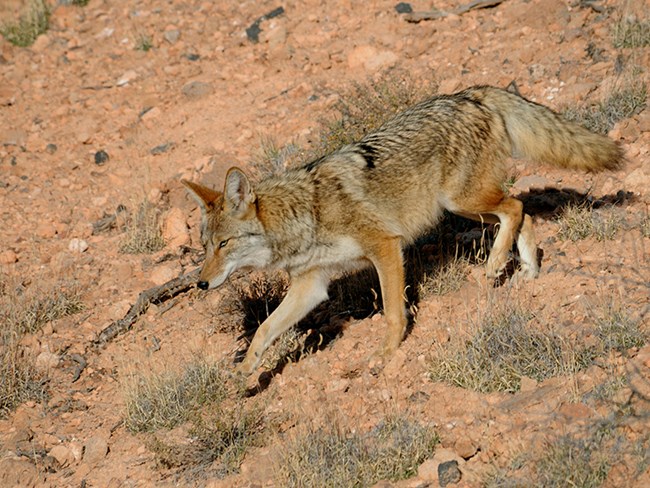
Photo by Sally King COYOTE (Canis latrans) Printable Coyote Fact Sheet (PDF) 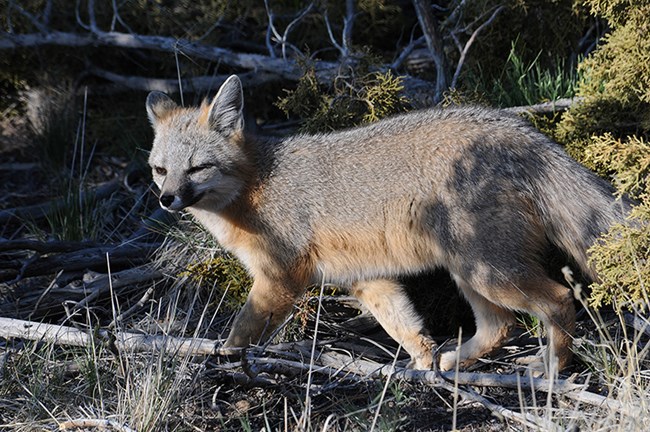
Photo by Sally King Uncommon but can be seen along the Main Pueblo Loop Trail on occasion. 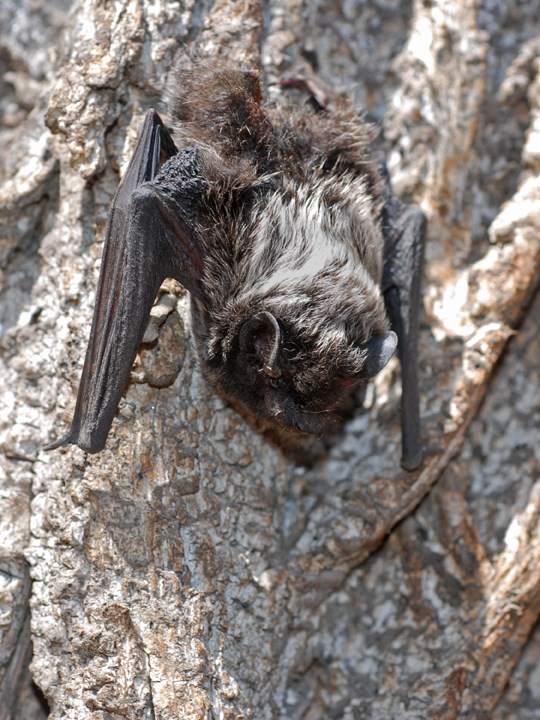
photo by sally king SILVER-HAIRED BAT (Lasionycteris noctivagans) Common in the park but rarely seen. Nocturnal consumer of insects. 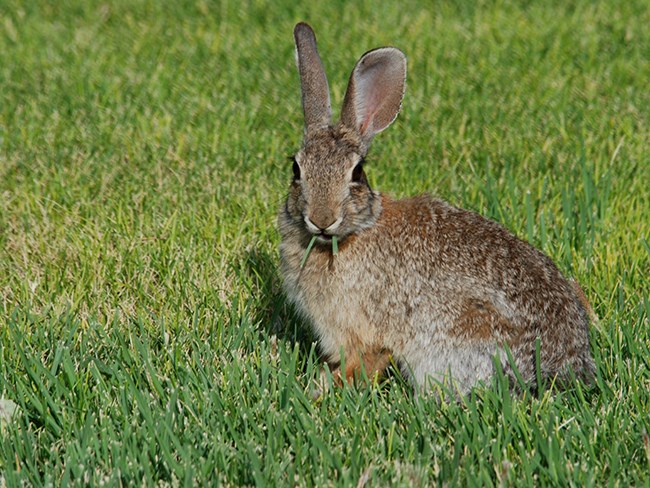
photo by sally king Very common throughout most areas of the park. Rarely seen except in the early morning or early evening. 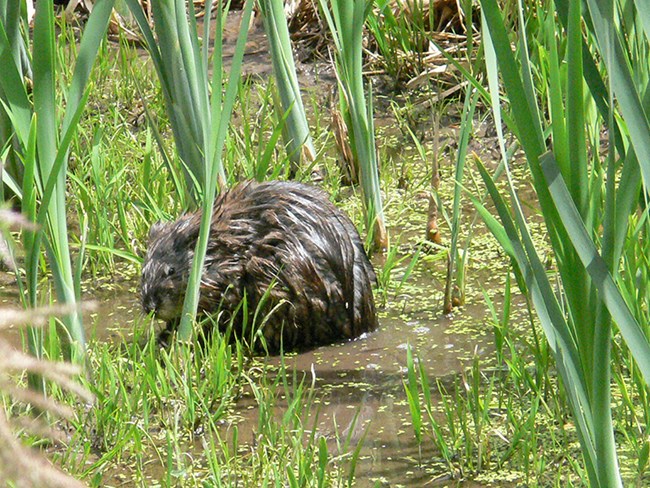
Photo by Sally King Uncommon but can be seen in marshy areas along the Rio Grande. 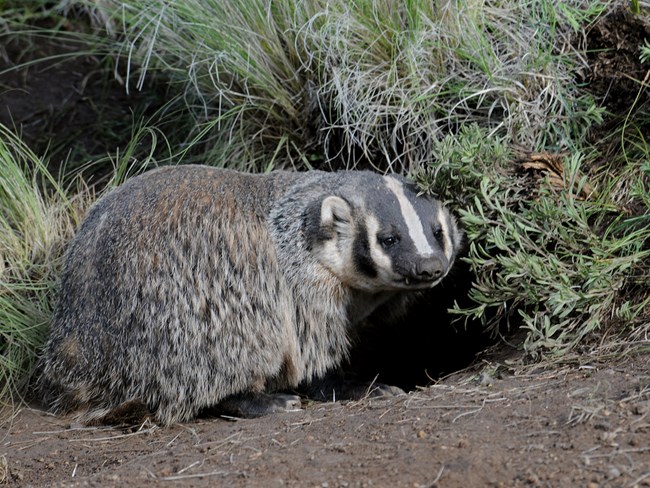
photo by sally king AMERICAN BADGER (Taxidea taxus) 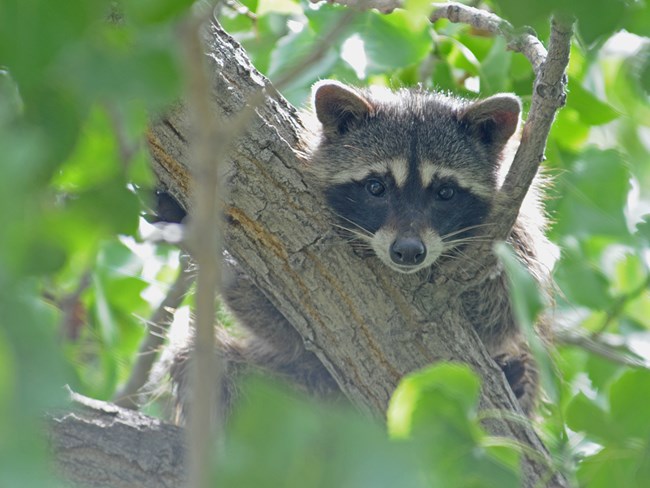
photo by sally king Common in park but most active at night so rarely seen. 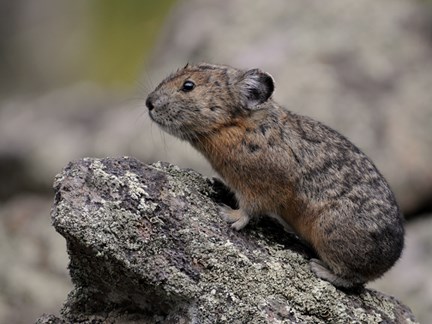
photo by sally king These animals are closely related to rabbits. Until recently their presence in the park was undocumented. In their southern range, pika live in isolated communities at high elevations. In Bandelier, there are several small colonies located in specific geologic areas in the highest elevations. Pika live in cold environments and these isolated communities may be in jeopardy due to climate change. Printable American Pika Fact Sheet (PDF) 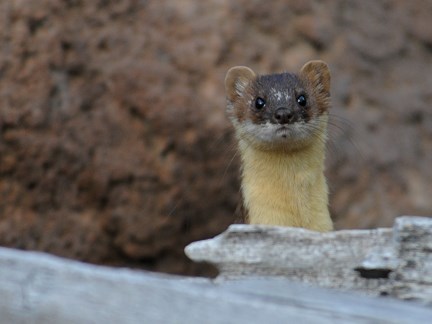
photo by sally king LONG-TAILED WEASEL (Mustela frenata) 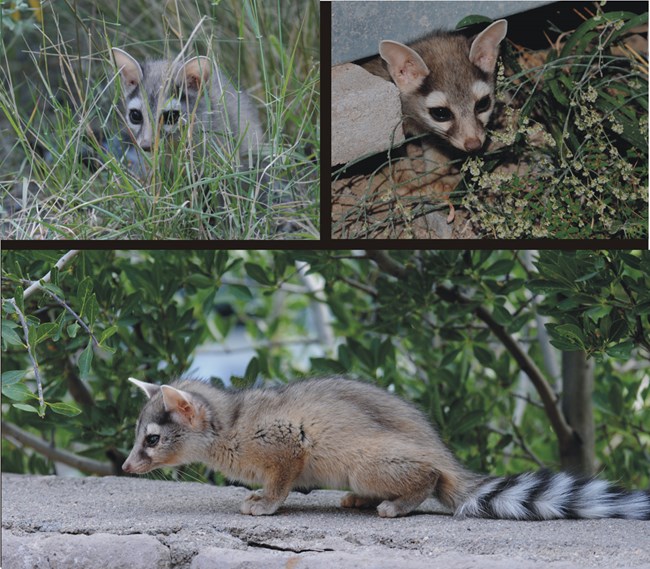
photos by sally king Common in the park but rarely seen. Almost always active only at night, sleeps in den during the day. 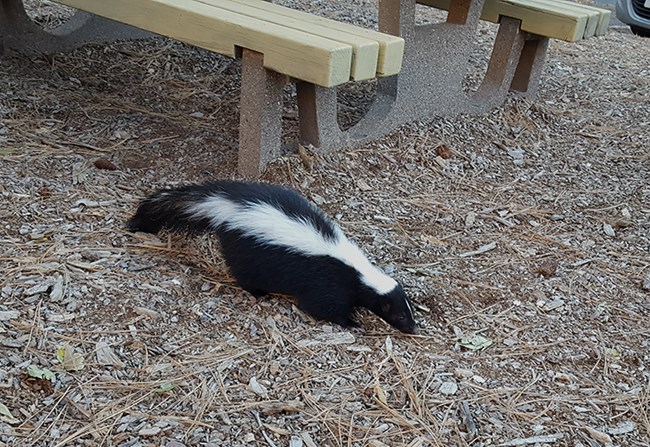
photo by Sally King Common but rarely seen. Nocturnal. 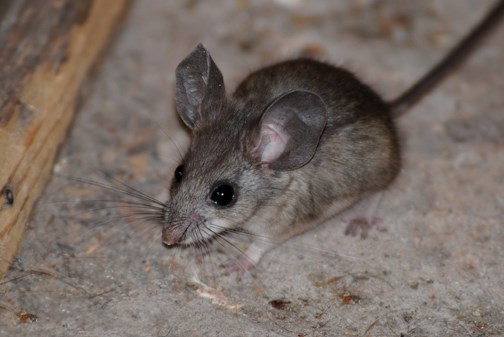
photo by sally king Common in the pinyon-juniper woodland but rarely seen. 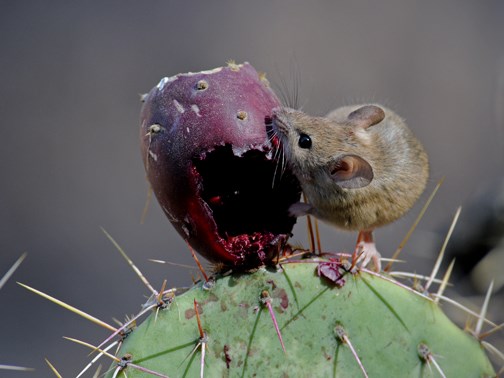
photo by sally king NORTH AMERICAN DEERMOUSE (Peromyscus maniculatus) |
Last updated: April 28, 2025

